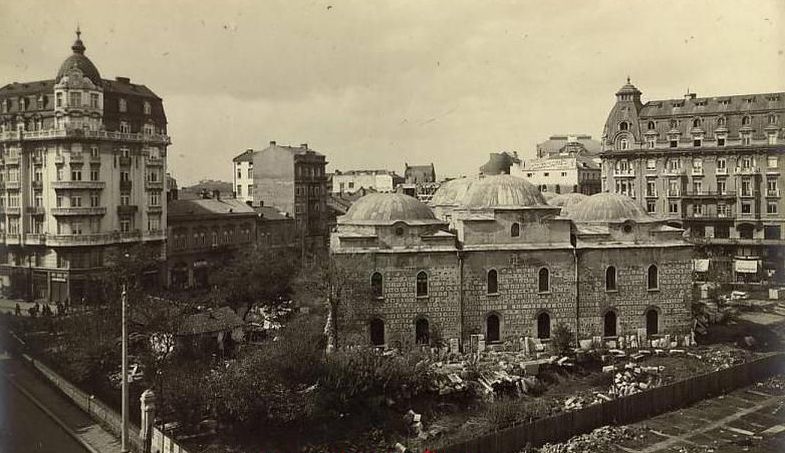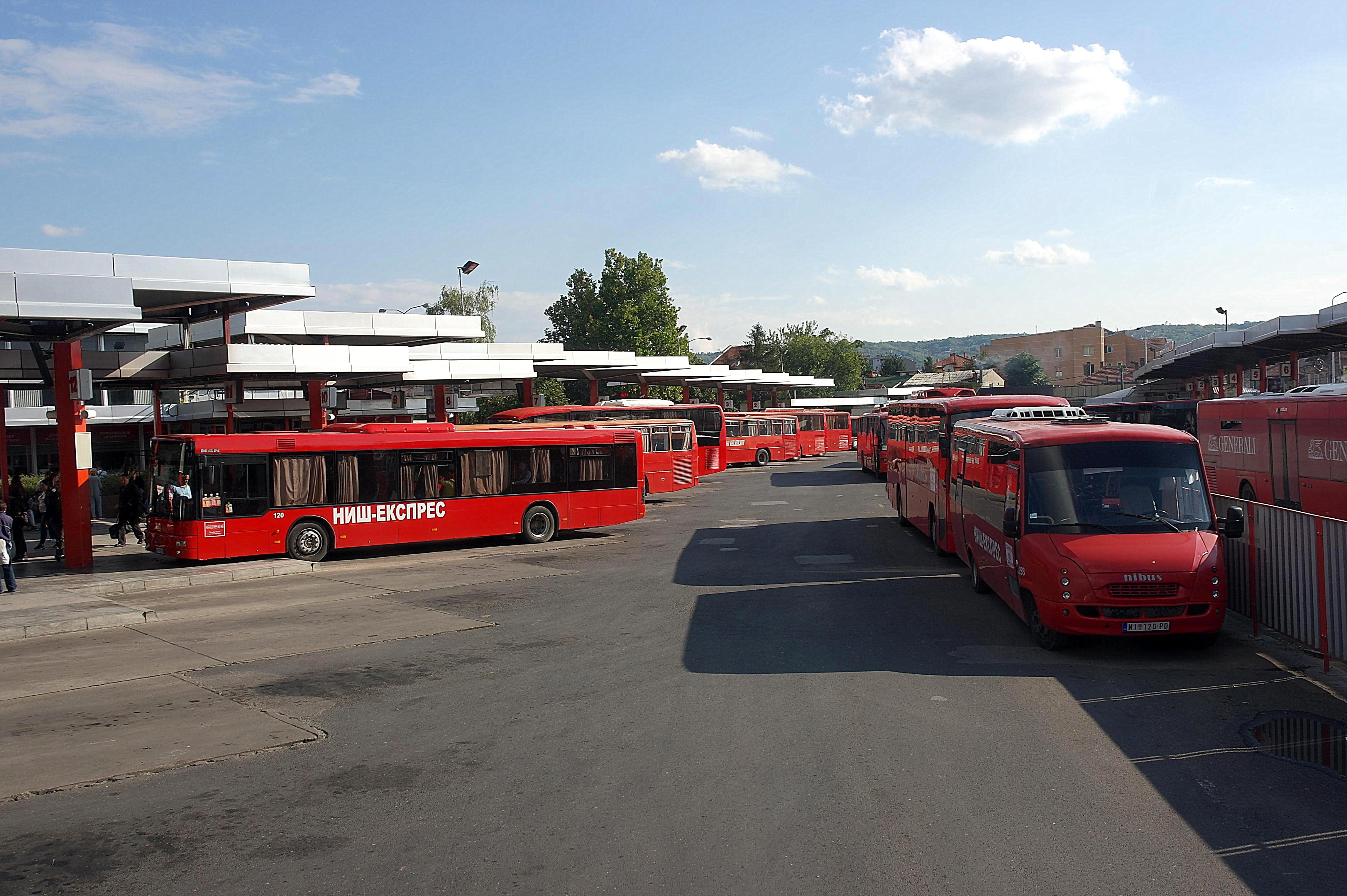Of the three main routes that made up the historic Orient Express, the Venice Simplon-Orient-Express was the one most famously associated with luxury, glamour, and mystique.
Like its sister Arlberg line, the Simplon route was initially developed as a safer postwar alternative to the classic path through Germany.
The line was named for its transit of the Simplon Tunnel: a man-made passageway that revolutionized rail travel in the early twentieth century by creating a direct route under the Simplon Pass between the Pennine and the Lepontine Alps.
TheVenice Simplon-Orient-Express's route from London to Istanbul was a romantic journey through French vineyards, Alpine villages, Venetian causeways, Adriatic marinas, and the spectacular Balkan Mountains.
While the Arlberg Orient Express traveled to Turkey via Romania, the Venice Simplon-Orient-Express ran through Sofia, Bulgaria's elegant capital. By the 1930s, it was the most popular train on the Orient Express network.
The Simplon line also offered direct connections with the legendary Taurus Express: an eastern extension of the Orient Express. Together, the Simplon and Taurus lines linked Paris, London, Amsterdam, Berlin, and other European capitals with comparable metropolises in West Asia (Baghdad), Northern Africa (Cairo), historic Palestine (Jaffa), and the Southern Caucus (Tehran).
How Long Does It Take?
With point-to-point tickets, modern travelers can stop for as long as they like in any of the fabulous cities featured between London and Istanbul on the re-created Simplon route, including Paris, Milan, Verona, Venice, Ljubljana, Zagreb, and Sofia.
For those seeking to re-create the experience of the direct train as exactly as possible, the traditional route from London to Istanbul can be retraced on modern railways in as few as five days.
How Much Does It Cost?
Transportation costs for the journey are low, especially compared to the modern era's only direct rail option between Paris and Istanbul: a once-yearly, astronomically expensive trip on the Venice-Simplon-Orient Express by Belmond.
On nights 1 and 3, modern line re-creators must factor in accommodation costs in Milan and Niš, respectively. Nights 2 and 4 are spent onboard sleeper trains, eliminating the need for a hotel.
London to Istanbul (one-way)
- With a 5-day interrail pass: €298.9 ($305.41)
- Without interrail pass: €478.9 ($489.33)
DAY 1
Passengers on the historic Venice Simplon-Orient-Express departed London Victoria at 11:50 am, heading for Folkestone Harbor. From there, they traveled by ferry across the English Channel, reaching Paris at 7:55 pm. Their train continued to Switzerland that evening, arriving at Gare de Lausanne at 10:55 pm.
Re-create Day 1
Morning: London to Paris on the Eurostar high-speed train
Modern travelers re-creating the Simplon line from London should start on the 8:01 am Eurostar from St. Pancras International Station, which terminates at Paris Gare du Nord at 11:17 am.
With second-class tickets selling for around €195 ($199) on average, or €34 ($35) with an interrail pass, the Eurostar remains a reliable and comfortable means of crossing the English Channel Tunnel to continental Europe, even in Brexit's uncertain wake.
From Gare du Nord in Paris, take the Réseau Express Régional metro rail on Ligne D Sud (south line D) to arrive at Gare de Lyon in less than half an hour. A single ticket costs €1.9 ($2).
In Gare de Lyon, enjoy a leisurely lunch in the breathtaking Le Train Bleu restaurant, named for a sister train of the original Orient Express.
Afternoon: Paris to Lausanne on the TGV Lyria high-speed train
At 2:16 PM, depart Gare de Lyon onboard the daily TGV Lyria bound for Lausanne, jointly operated by the national rail services of France (SNCF) and Switzerland (SBB).
The double-decker duplex Lyria train features stylish, air-conditioned compartments with complimentary WiFi and power sockets at every seat. Its second-class tickets sell for around €110 ($112.5), or €24 ($25) with an interrail pass.
Like the historic Venice Simplon-Orient-Express, the Lyria follows the shoulder of Lake Geneva on its stunning voyage through the French and Swiss Alps, calling in Lausanne by 6:15 pm.
Evening: Lausanne to Milan on SBB EuroCity high-speed train
After less than an hour in Lausanne, modern travelers can take SBB EC-41 at 7:18 pm, with second-class seats selling for around €75 ($77) or €14 ($13.90) with a rail pass.
A member of the punctual, frequent, and comfortable international EuroCity line, SBB EC-41 continues along the Orient Express's classic southern route, entering the Simplon Tunnel at the Swiss town of Brig and emerging on the other side in Domodossola, Italy.
By 10:20 pm, EC-41 calls at the global fashion capital of Milan, where modern travelers should stay until morning at a hotel or a budget hostel near the station. Those willing to brave a short night's sleep can venture out to experience Milan's world-class nightlife or observe the spectacular Piazza del Duomo by moonlight.
DAY 2
From Lausanne, on its first evening of travel, the historic Venice Simplon-Orient-Express traversed the Swiss Alps, passing through the Simplon Tunnel at around 2:30 am. After a southwest journey through the mountains, it called in Milan at 6:00 am.
From Milan, the historic train took the scenic route through Italy, reaching the iconic canals and floating palaces of Venice by noon, then continuing east along the Adriatic coast for the remainder of the day. After sunset, it crossed into Slovenia, arriving around midnight at the national capital of Ljubljana.
Re-create Day 2
Morning: Milan to Trieste on an Italian high-speed train
After a few hours rest, modern travelers re-creating the Simplon route should return to Milan's stunning Central Station in the morning to catch the FA-9707 local line to Trieste at 7:45 am.
With second-class seats selling for around €24 ($25)—or free with an interrail pass—this Trenitalia line runs only state-of-the-art Frecciarossa 1000s: high-speed tilting trains with modern cafe bars and power outlets at every seat.
The FA-9707's journey is laden with spectacular views of the Italian countryside, passing through Padova, "fair Verona," and Monfalcone in a matter of hours before reaching the seaport terminus of Trieste at 12:05 pm. The route also offers stunning views of Venice, where it calls at 10:00 am. Dreamlike and dramatic, with its stone bridges, secluded footpaths, and a labyrinth of waterways, Venice typifies the effortless romance for which the Simplon line was celebrated.
Afternoon: Trieste to Ljubljana on the EuroCity Emona high-speed train
At Trieste Centrale, modern travelers take another Eurocity train: EC-135/150, otherwise known as Emona.
Departing at 12:52 pm and pricing second-class seats at about €24 ($25), or free with a rail pass, Emona plys a classically stunning route through rural Italy and Slovenia. Winding over miles of unforgettable countryside, it calls at its eastern terminus, Ljubljana, by 3:41 pm. Modern travelers can spend an early evening in this charming Slovenian city between the Alps and the Adriatic Sea: enjoying a walk across Dragon Bridge or visiting the regal castle overlooking the modern metropolis, which reflects architectural influences dating as far back as the Illyrian and Celtic eras.
Evening: Ljubljana to Belgrade on a Slovenian sleeper train
At 9:05 pm, the B-411 sleeper line departs from Ljubljana. Collectively operated by the Serbian, Slovenian, and Croatian railways, with single bed reservations in its 6-berth couchettes starting at €16 ($16.35) or free with a rail pass, it runs a regular overnight route to Serbia's capital city of Belgrade.
Travelers can watch from the comfort of their berths as this train ventures along the banks of the River Sava, out of Slovenia, and across northern Croatia. At 11:37 pm, the B-411 calls at Zagreb—known for its neo-Gothic facades, Austro-Hungarian architectural style, and quirky, bittersweet Museum of Broken Relationships—before ascending into the magnificent Balkans.
DAY 3
On their third day in transit, historic Venice Simplon-Orient-Express passengers continued overnight from Ljubljana to Zagreb, where the train called at 5:00 am. Then, they set off across the rugged Balkans, reaching Belgrade by early evening.
Re-create Day 3
Morning: arrival in Belgrade on a Slovenian sleeper train
At 6:05 am, the modern B-411 sleeper reaches central Belgrade from Ljubljana, affording modern re-creators of the Simplon line several hours in which to explore the wonderful city before catching their next train.
Energetic, creative, and indomitable, Belgrade is a city steeped in history and crackling with modern life. This so-called 'white fortress' of the Balkans, where the Danube meets the Sava, is one of Europe's most underappreciated touristic gems.
Afternoon: Belgrade to Niš on local Serbian train
The railway route from Belgrade to Sofia was once a direct journey that could be experienced during the day or overnight, on the regular daily and sleeper lines, respectively.
Sadly, regular rail service was discontinued in 2018. As of summer 2022, the best workaround is to take the 3:10 pm local Serbian Railways line from Belgrade, ŽS-2907.
Serbian domestic have a whimsically vintage feel accentuated by the brightly-colored graffiti often splashed across their exteriors. Journeys onboard tend to be highly enjoyable, and the ŽS-2907 is no exception.
With second-class tickets starting at €8 ($8.17) or free with an interrail pass, the train takes a fascinating route through historic Serbian suburbs and townships, calling at Niš by 9:03 pm.
Evening: Overnight in Niš
In the absence of a direct rail service between Sofia and Belgrade, travelers in 2022 should stay overnight in the Serbian city of Niš before carrying on with their journey.
This peaceful city is always worth a visit for its fascinating modern history as well as for its tower of human skulls, built from the remnants of vanquished Ottoman enemies and easily mistakable for a cursed artifact from an Indiana Jones movie.
DAY 4
On the morning of their fourth day out of London (or Paris), passengers on the original Venice Simplon-Orient-Express arrived at Niš by 2:00 am. Then, they carried on across rural Bulgaria, calling at Sofia's central station by 11:00 am.
In Sofia, the historic train stopped for servicing, then resumed its easterly journey overnight across the Turkish border.
Re-create Day 4
Early morning: Niš to Dimitrovgrad on the Niš Express bus service
After an evening in Niš, modern passengers can take the Niš Express, a once-daily local bus from Niš Bus Station (not to be confused with Autobuska Stanica Niš, the new terminal used by ALSA and Flixbus).
Departing at 4:40 am, with tickets starting at €4 ($4.09), the Niš Express bus reaches the riverside town of Dimitrovgrad in Bulgaria in exactly two hours, by 6:40 am.
Morning/afternoon: Dimitrovgrad to Sofia on local Bulgarian train
Following their brief foray onto paved roads, modern travelers retracing the Simplon line can re-board a proper train in Dimitrovgrad at 10:17 am., when the daily BDŽ-8610 line departs for Sofia.
Modest but comfortable, the BDŽ-8610 electric train runs an approximately 4-hour route across rural Bulgaria, reaching Sofia at 2:18 pm. Tickets for second-class seats are free with an interrail pass; otherwise, they start around €6 ($6.13).
Evening: Sofia to Istanbul on the Sofia Express sleeper train
Around 2:18 pm, the BDŽ-8610 calls at Sofia Central Station, in the tranquil heart of Bulgaria's capital. From Sofia, modern travelers transfer onto a direct overnight train that, until 2013, connected Istanbul to Belgrade via Sofia as the D-483 Balkan Express.
Nowadays, re-named the Sofia Express and re-numbered D-493/8103, this line runs a truncated route between Sofia and Istanbul each evening.
A single bed in one of this train's handsome double sleepers costs €29 ($29.71) on average, or around €16 ($16.39) with a rail pass, and each air-conditioned twin compartment is equipped with a wash basin.
Departing Sofia at 4:30 pm, the classic Sofia Express night train runs the legendary final stretch of the Venice Simplon-Orient-Express's classic route: a stunning trek over Eastern Thrace along the shoulder of the Marmara Sea.
En route to Istanbul, the train stops for passport inspection at historic Svilengrad Station (the final terminal before both the Bulgarian-Turkish and the Bulgarian-Greek borders), where it is joined by the Bosphorous Express from Bucharest.
The carriages from the Sofia-Istanbul Express are attached to the Bosphorous Express, and the combined train sets off from Svilengrad as a single unit, arriving at Halkali station on the suburban outskirts of Istanbul at dawn the following day.
DAY 5
On the morning of their fifth and final day in transit, passengers on the historic Venice Simplon-Orient-Expresscrossed the Turkish-Bulgarian border via Svilengrad at about 1:00 am. From there, they set off across western Turkey, reaching Istanbul at about 7:00 pm.
Re-create Day 5
Morning: Halkali to central Istanbul on a local Turkish train
To reach central Istanbul from Halkali, modern travelers take the Marmara Express for €2 ($2.07). The 5:43 am train from Halkali reaches the new underground railway terminus near Sirkeci Station in central Istanbul less than an hour later, at 6:33 am.

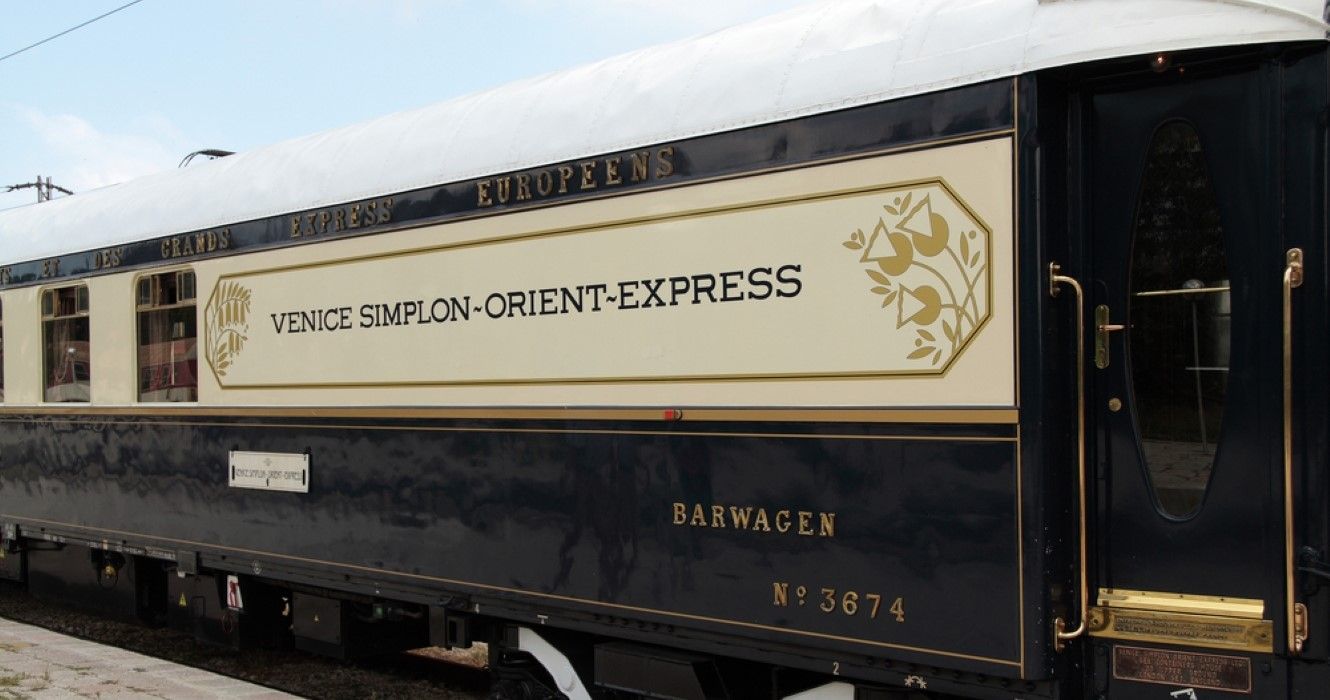
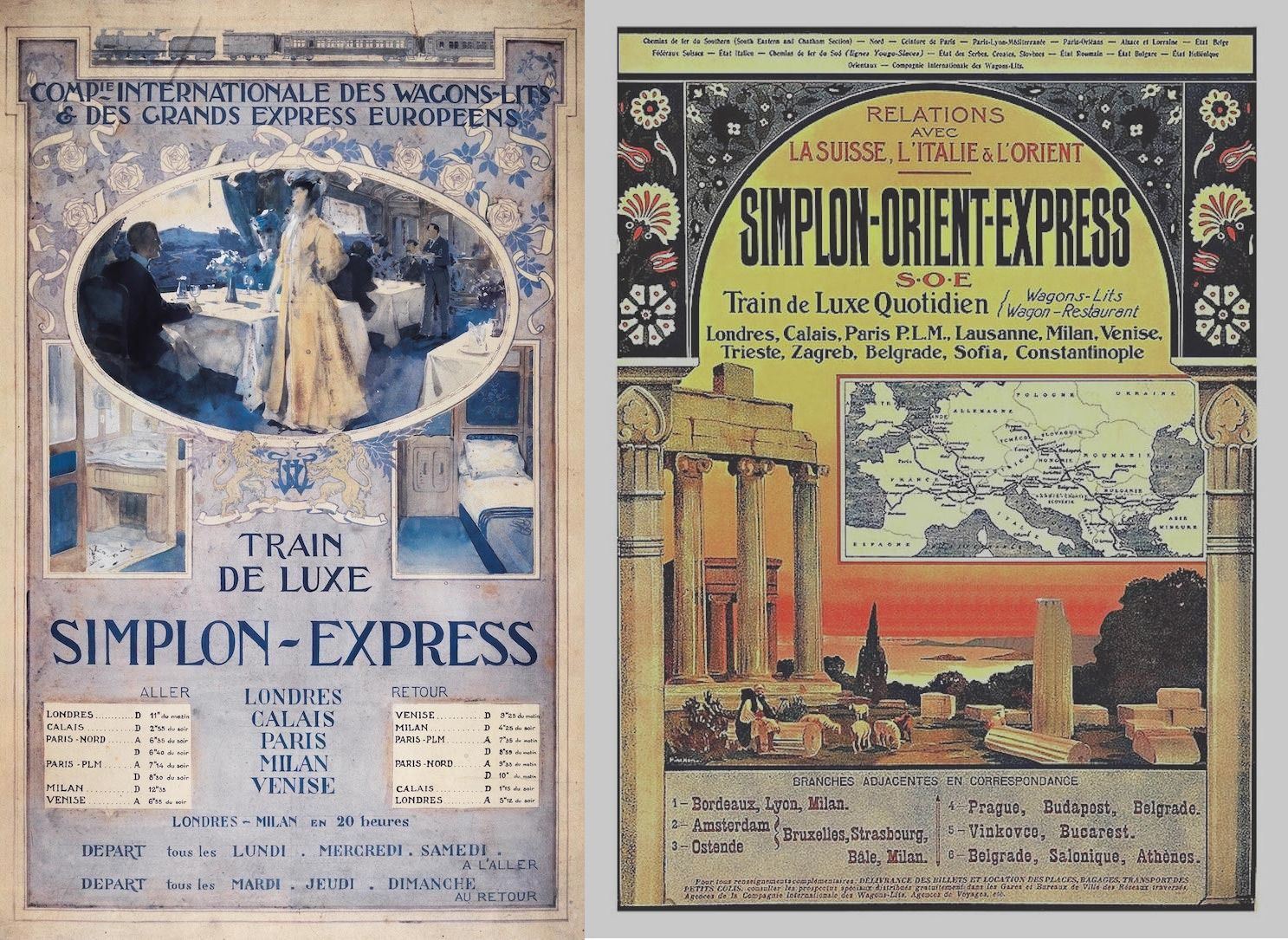
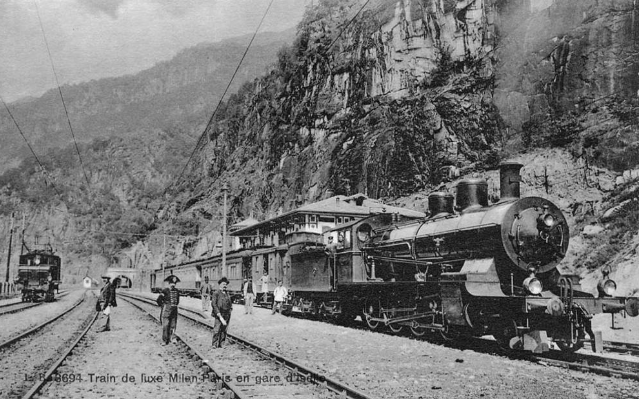
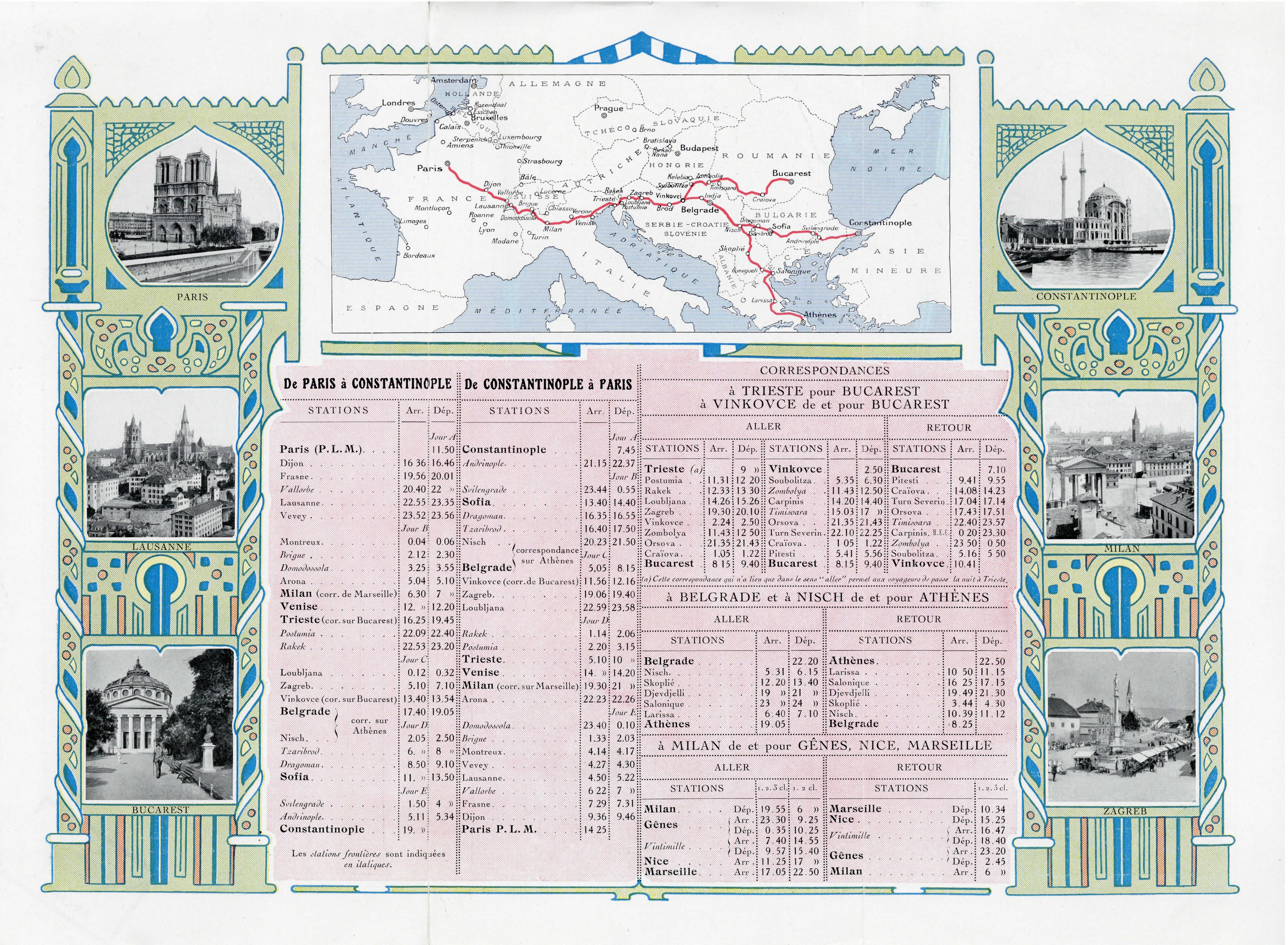
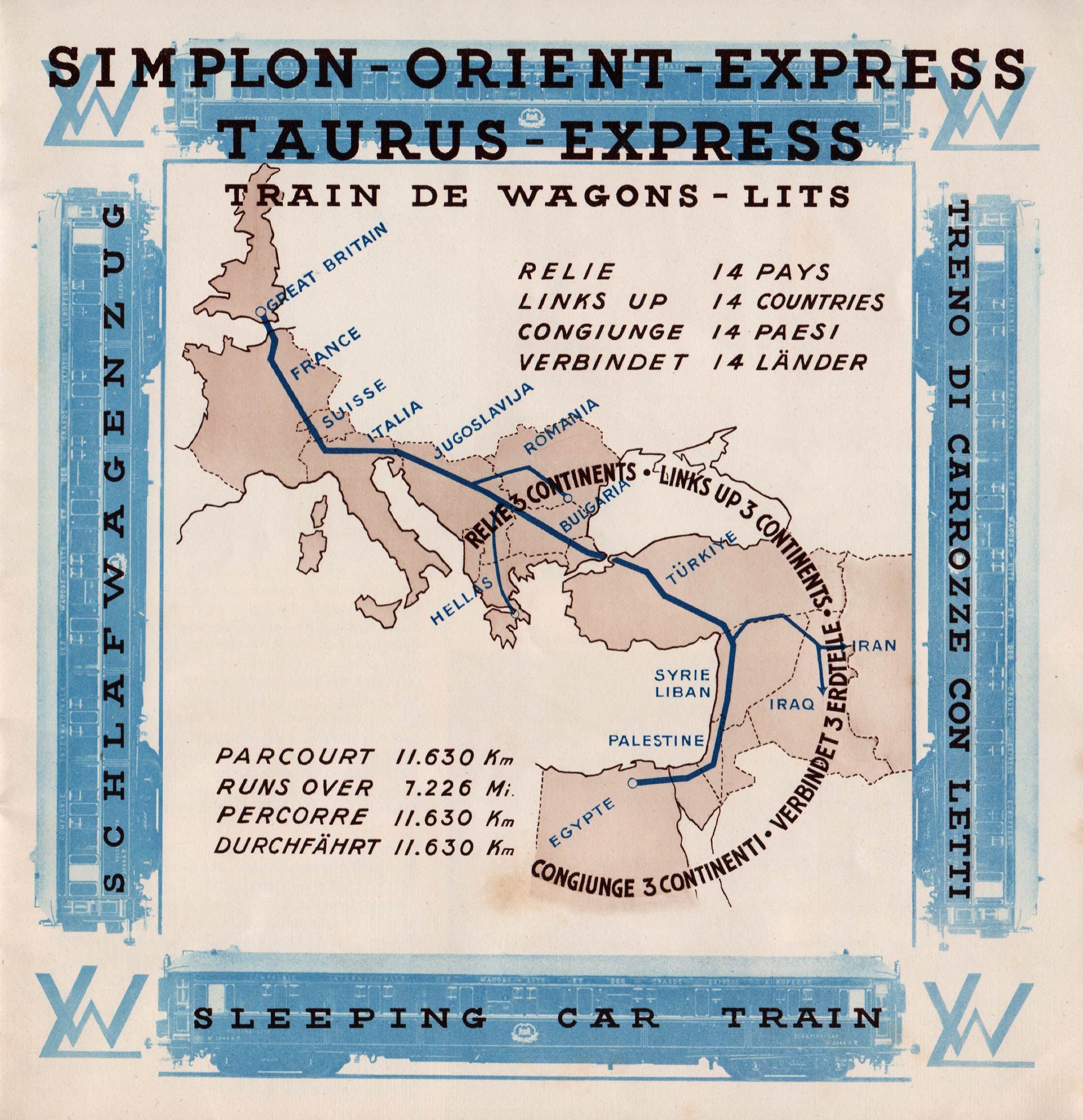
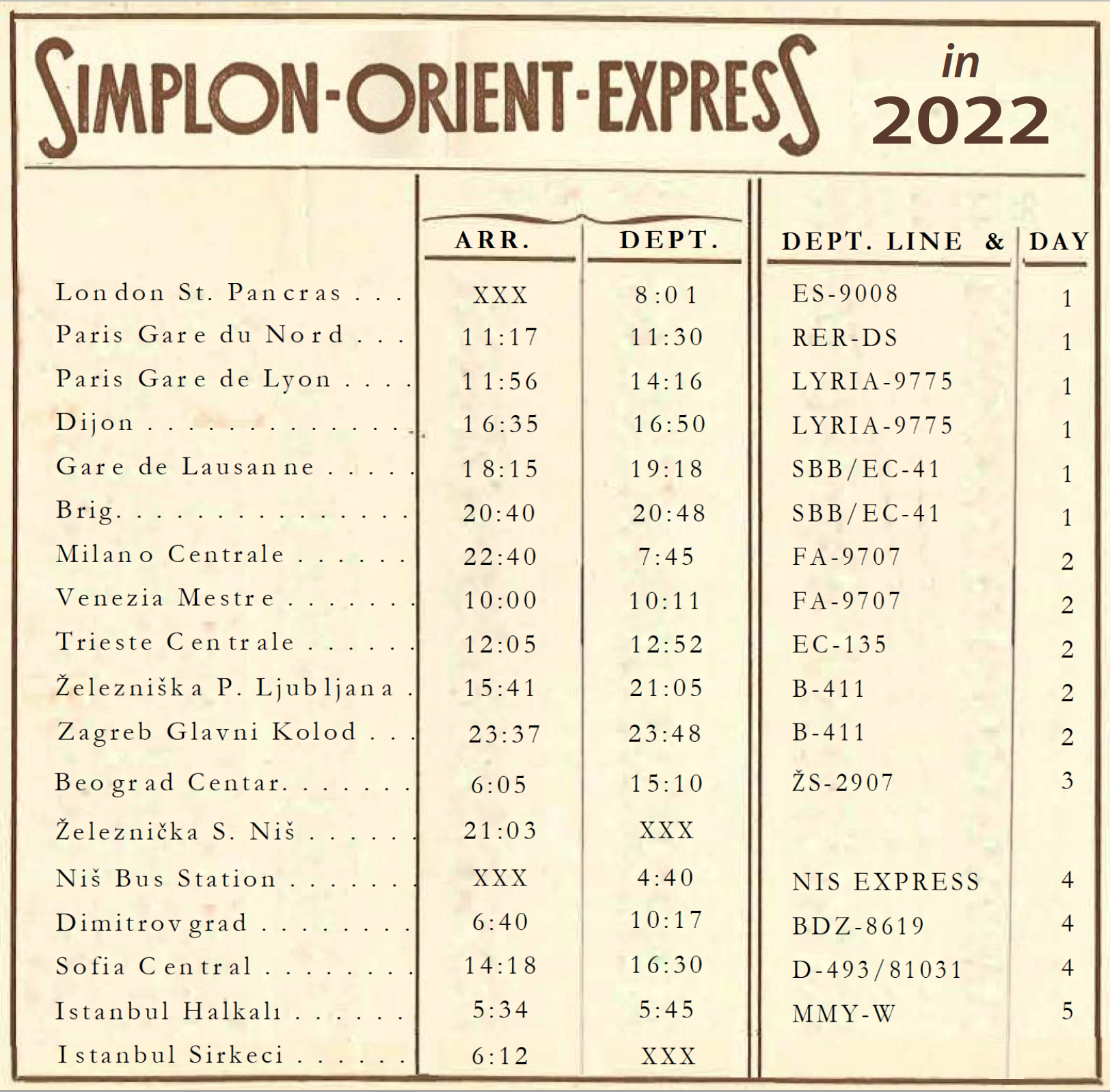
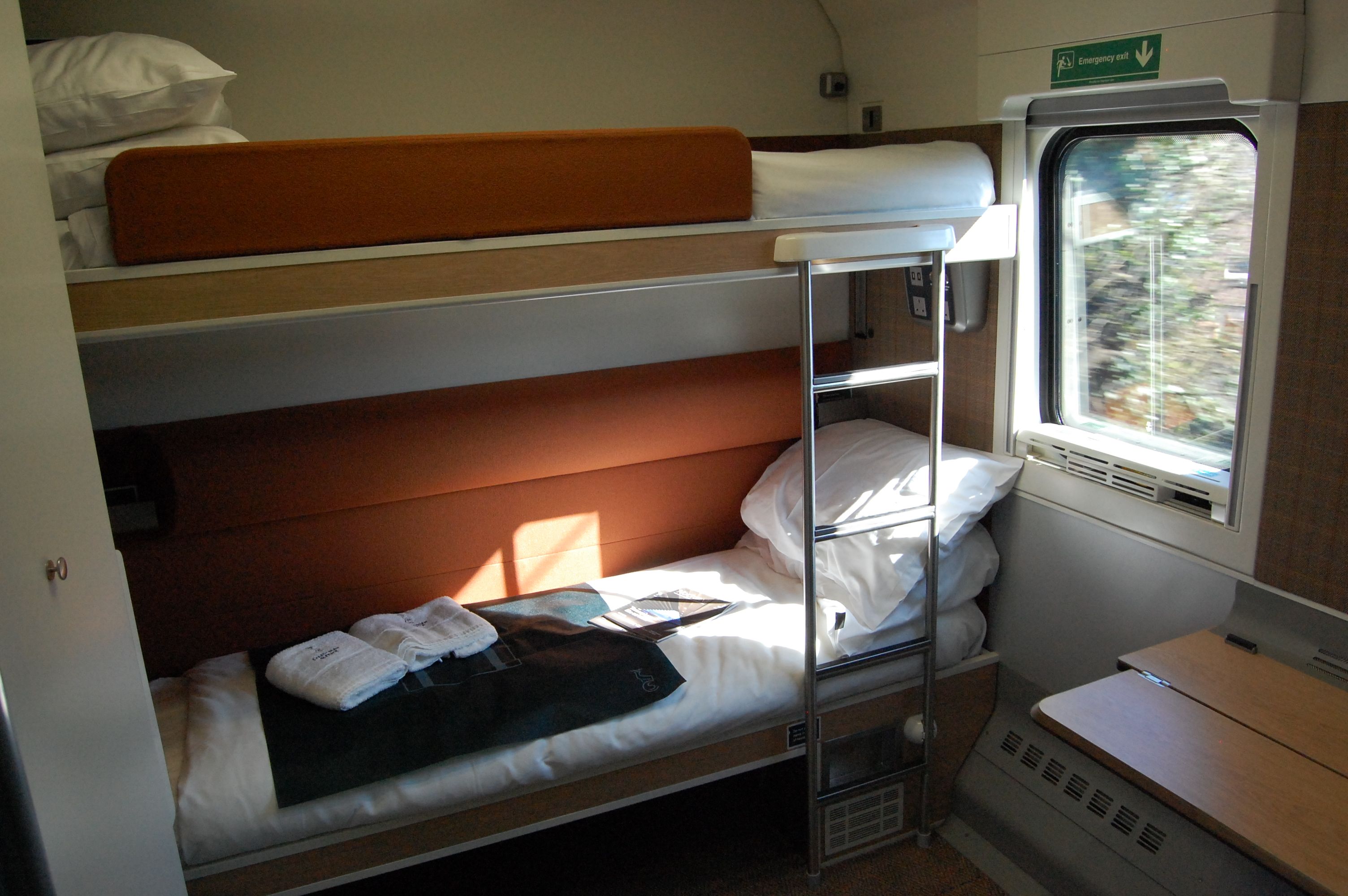
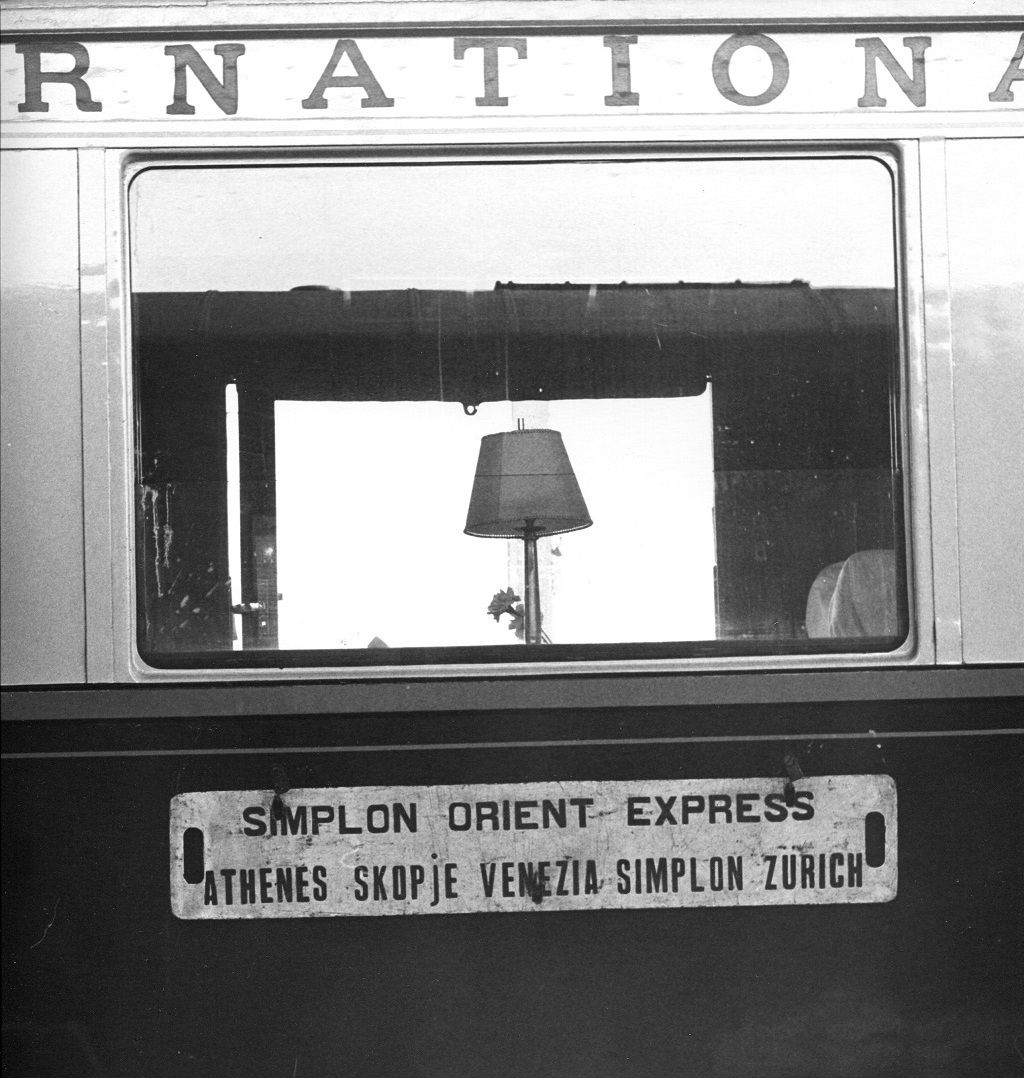
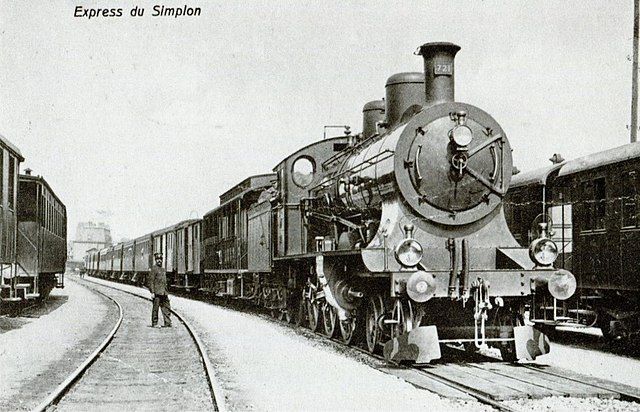
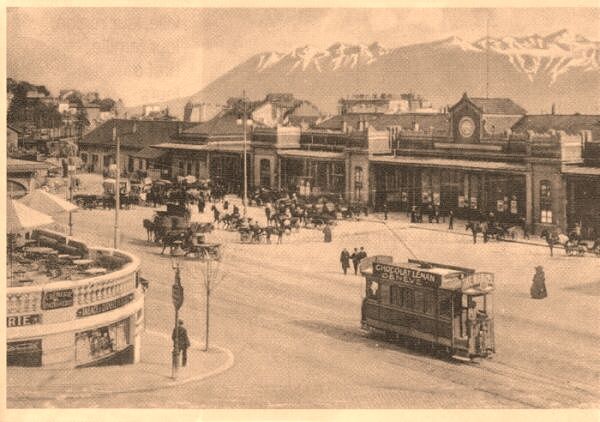
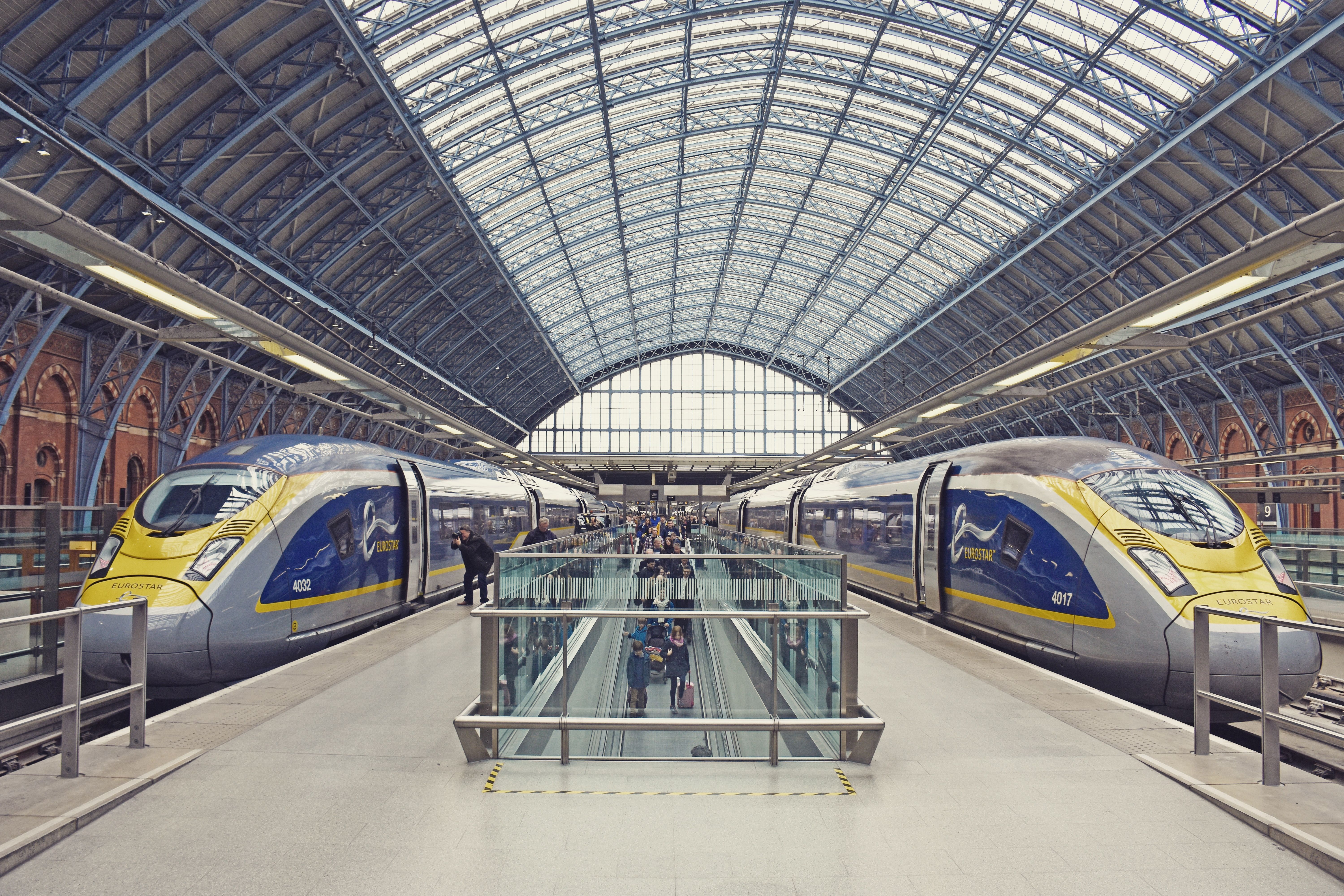
-1.jpeg)
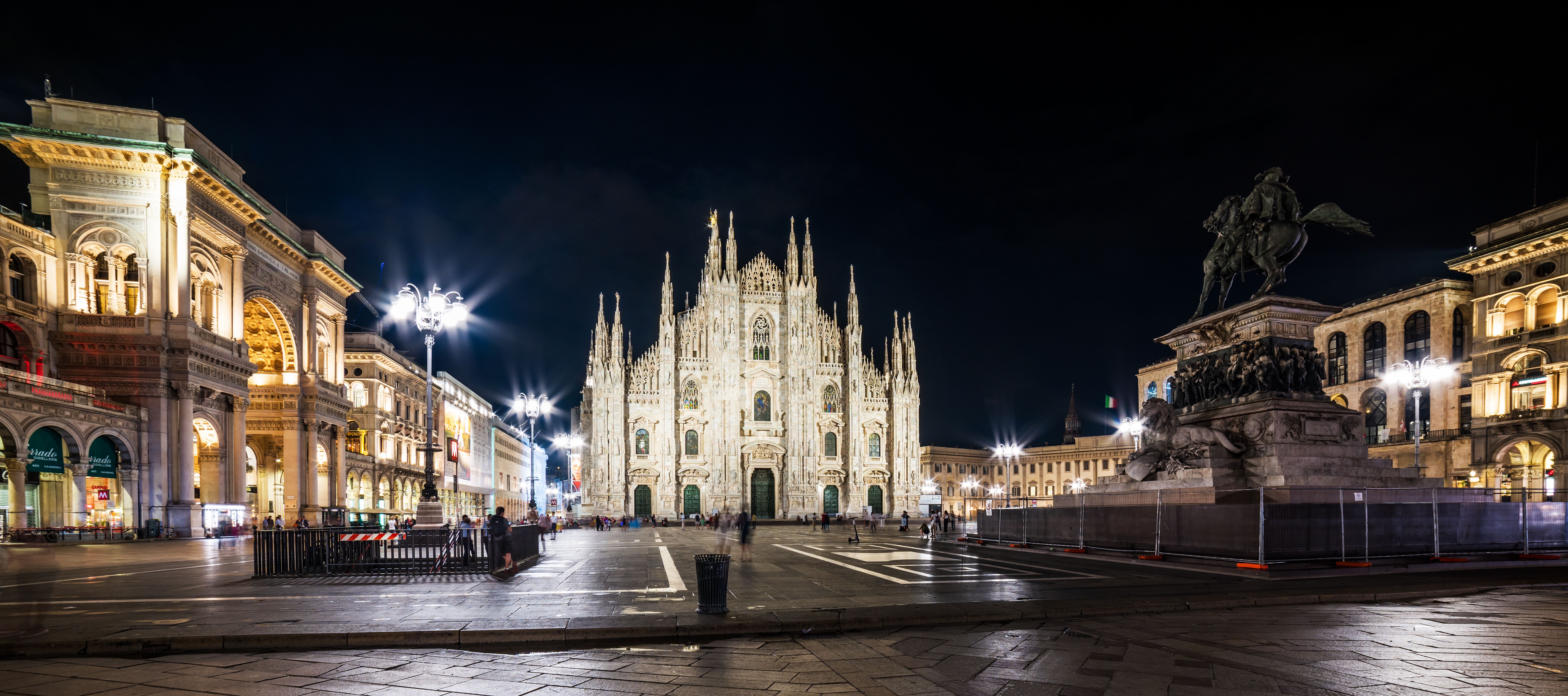
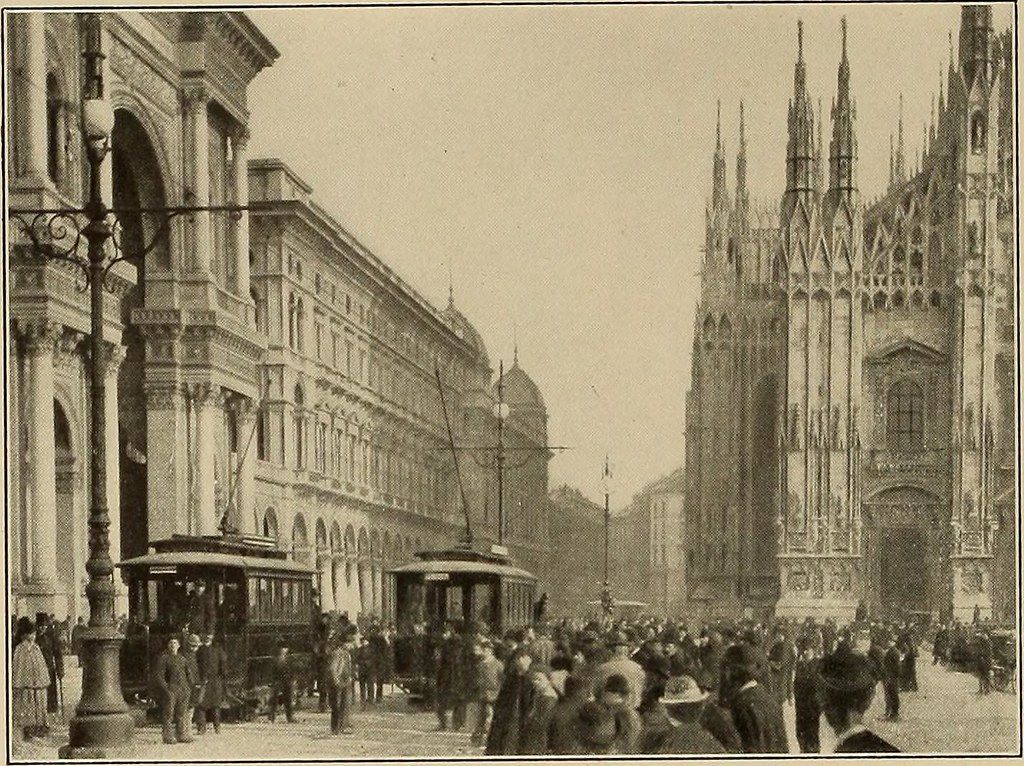
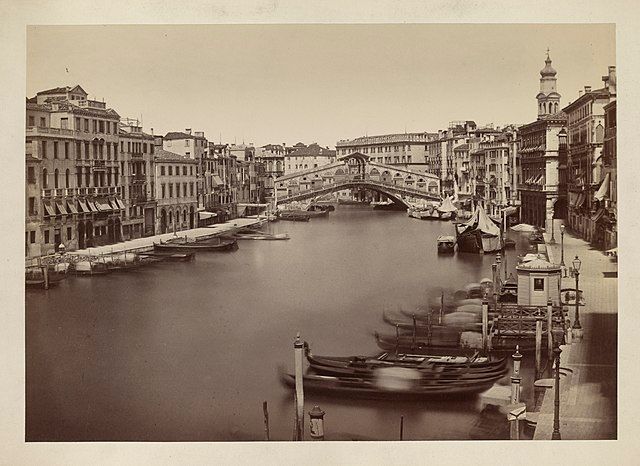
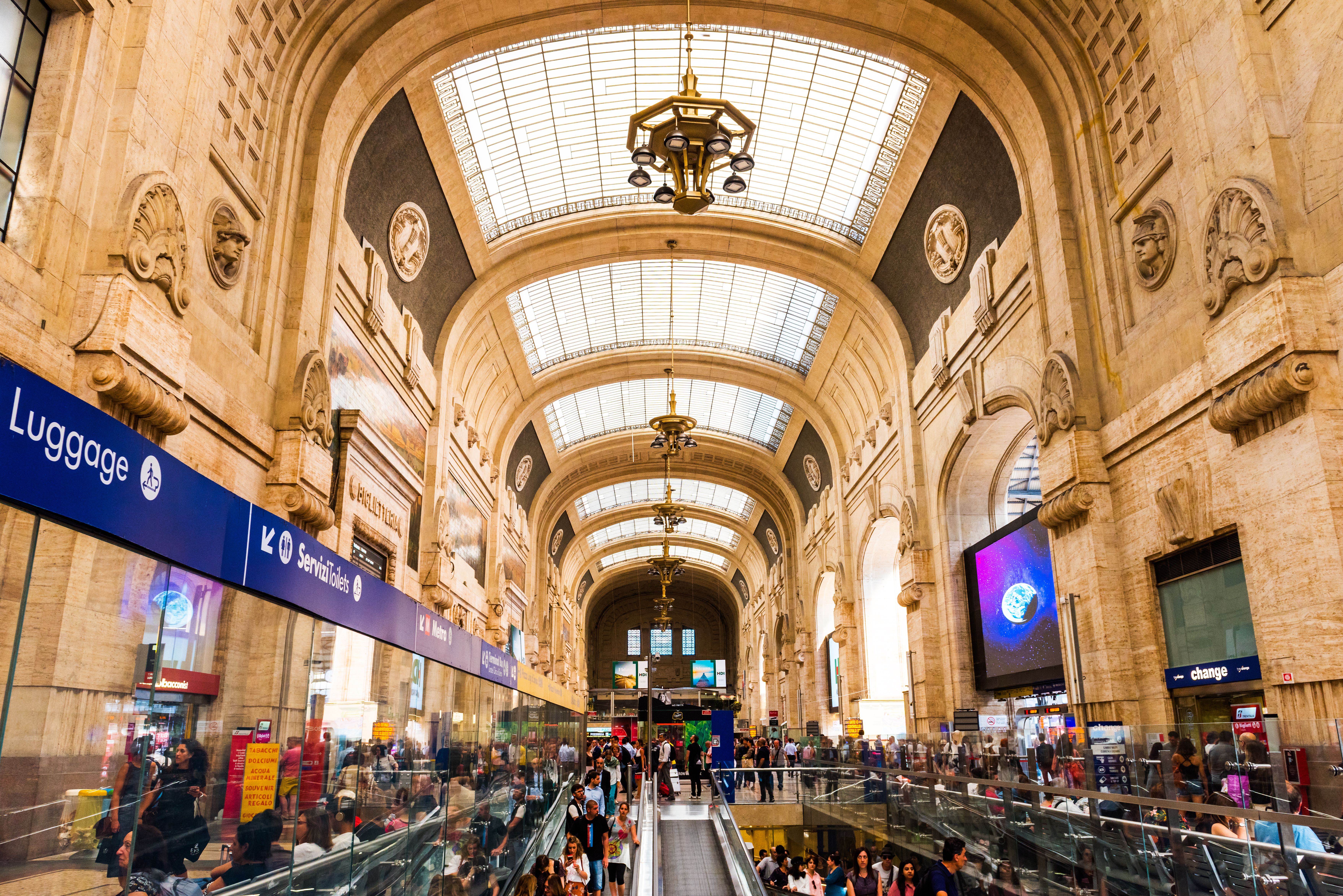
_jobbra_a_Nemzeti_Színház_háttérben_az_evangélikus_templom_tornya_Fortepan_86929.jpg)
